There can be your advertisement
300x150
Where to Find Inspiration? Tips for Beginning Designers
Stepan Bugayev — on the 30-minute rule, useful links, and working with your 'database'
Have you noticed that when you're engaged in your favorite activity, time seems to fly by? Everything falls into place effortlessly, unexpected insights and moments of inspiration emerge — and people usually call this state 'inspiration.' After years of practice, every professional likely develops their own methods and techniques for managing this state. Stepan Bugayev, a mentor at the Interior Design School of HSE University, shared his tips.
Stepan Bugayev — an expert and mentor at the Interior Design School of HSE University, founder of the 'Design Point' studio
Nothing comes from nothing
This is an important principle that will become a solid foundation for working on projects. Your subconscious is your 'database,' constantly being replenished, and only you decide what to use.
It's important to look at as much as possible: visit exhibitions, bookmark favorite websites.
Therefore, it's important to look at as much as possible: visit exhibitions, bookmark favorite websites. It's most convenient to do this using the Pinterest resource: here you can create thematic boards. Perhaps a favorite idea won't be useful right now, but it may play a key role in shaping the concept in the future.

What to focus on?
On the best. It happens that most cutting-edge designers work abroad, and the internet allows you to follow their projects almost instantly. Print media regularly publishes interiors worthy of your attention.
Each major publication also has an online version and editorial teams in other countries, such as France, Germany, Spain, Italy — make sure to study them too. The editorial team of the same magazine can vary drastically depending on the country and mentality, and it's often very interesting to observe these differences.
Additionally, you can and should explore Western design websites. Without waiting for the next print issue, you can read all the most interesting and current content here. Here are some of my favorite links:
- www.yatzer.com/
- www.dezeen.com/
- design-milk.com/category/interior-design/
- www.yellowtrace.com.au/
- www.wallpaper.com/
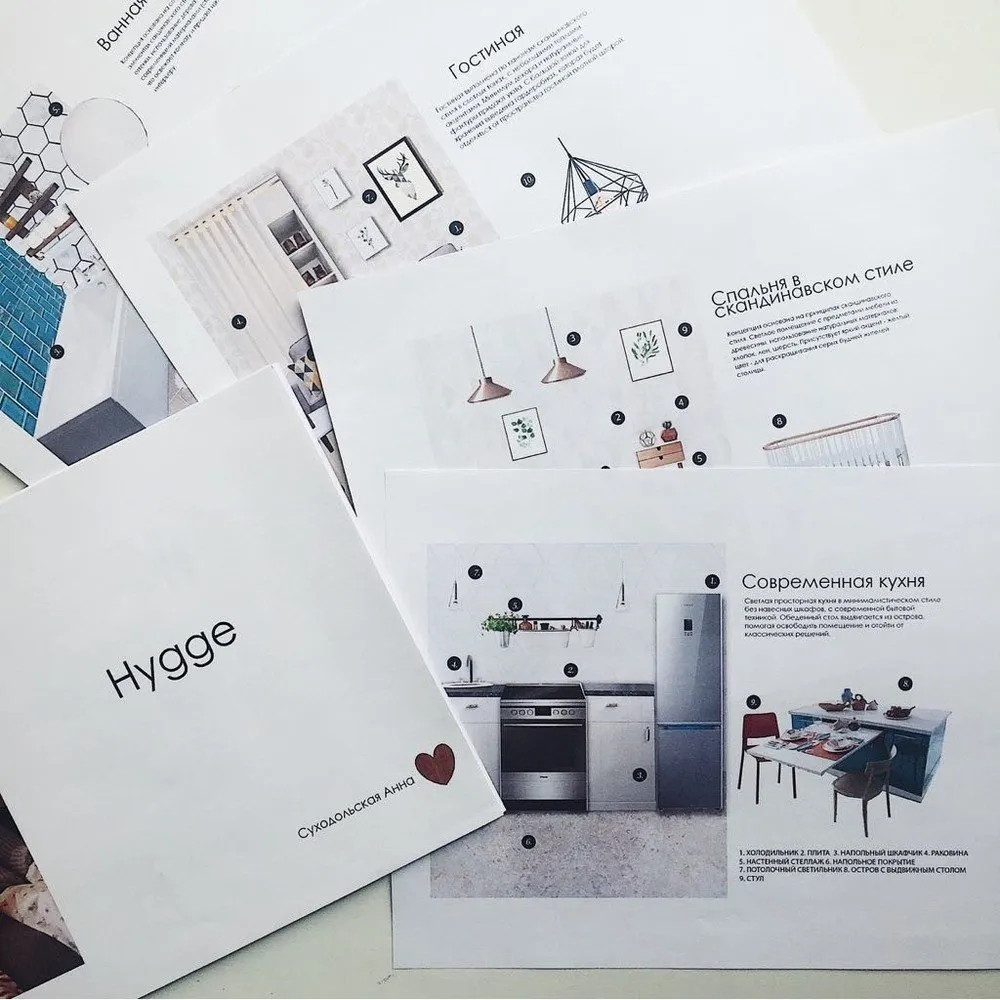
Everything should facilitate work
Create an environment where you feel most comfortable working. Inspiration can be very capricious: sometimes even a minor irritating factor can drive it away. Therefore, minimize such factors: keep your workspace tidy regularly and have all necessary items within reach.
Create an environment where you feel most comfortable working.
The time you choose for work is also important: if possible, choose a time when few people will disturb you, such as in the evening.
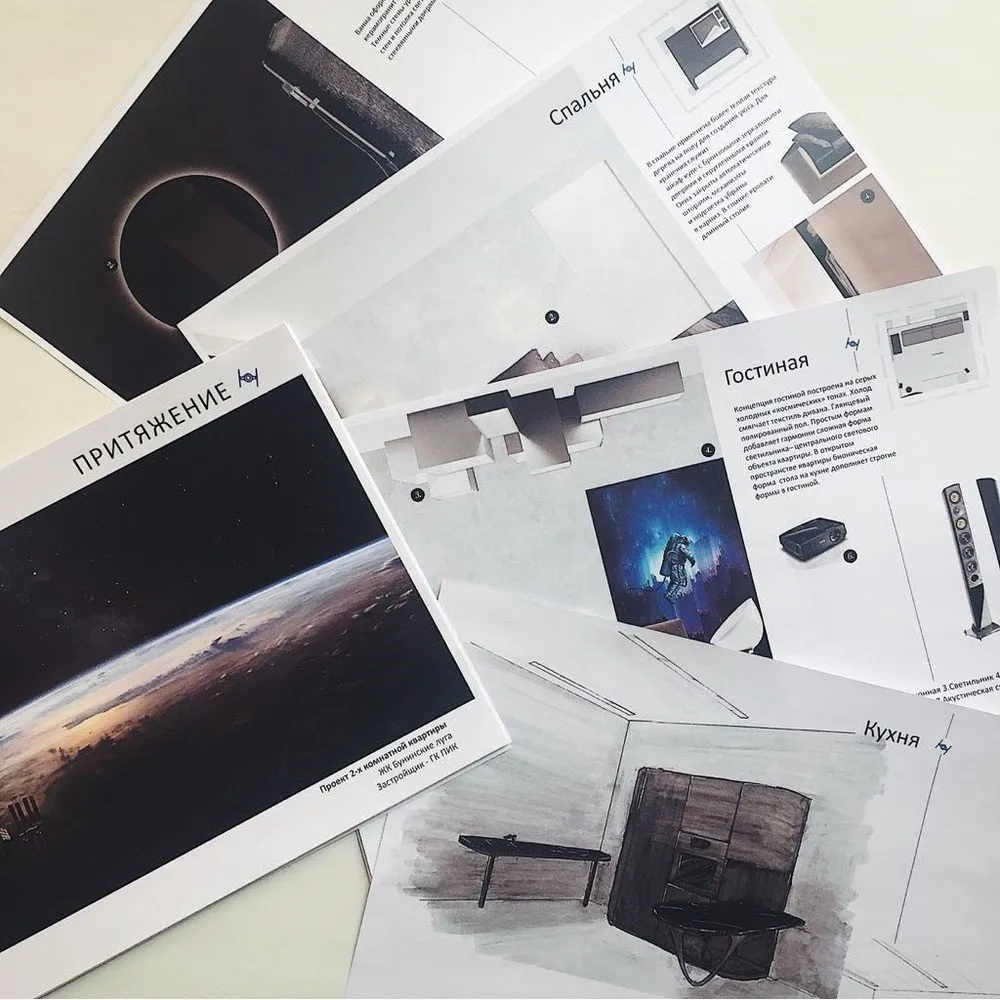
Don't forget to switch
Sometimes you hit an invisible wall that prevents you from moving forward. Thoughts don't come together, solutions to tasks aren't found, and you're constantly distracted by social media. All of this points to simple fatigue.
If you believe psychologists, you can prevent this by switching for 15 minutes every hour or so. Stand up from your chair, make yourself some tea, pour water, or simply distract yourself. Try to detach as much as possible from your work and don't think about the tasks you were solving before.
On weekends, schedule a reset. If you spend entire days in front of the computer, the best option is a walk in the park; if you're engaged in mental work, sign up for a gym. Everything has already been done?
Study history: read the works of architects, browse designers' biographies. This will help you view modern trends in historical context, see the bigger picture and understand the mechanisms that drive our field forward.
Additionally, understanding history allows you to predict events and how they affect adjacent fields. Another benefit: you won't repeat others' mistakes. Read more: perhaps someone has already found the right answer to your questions.
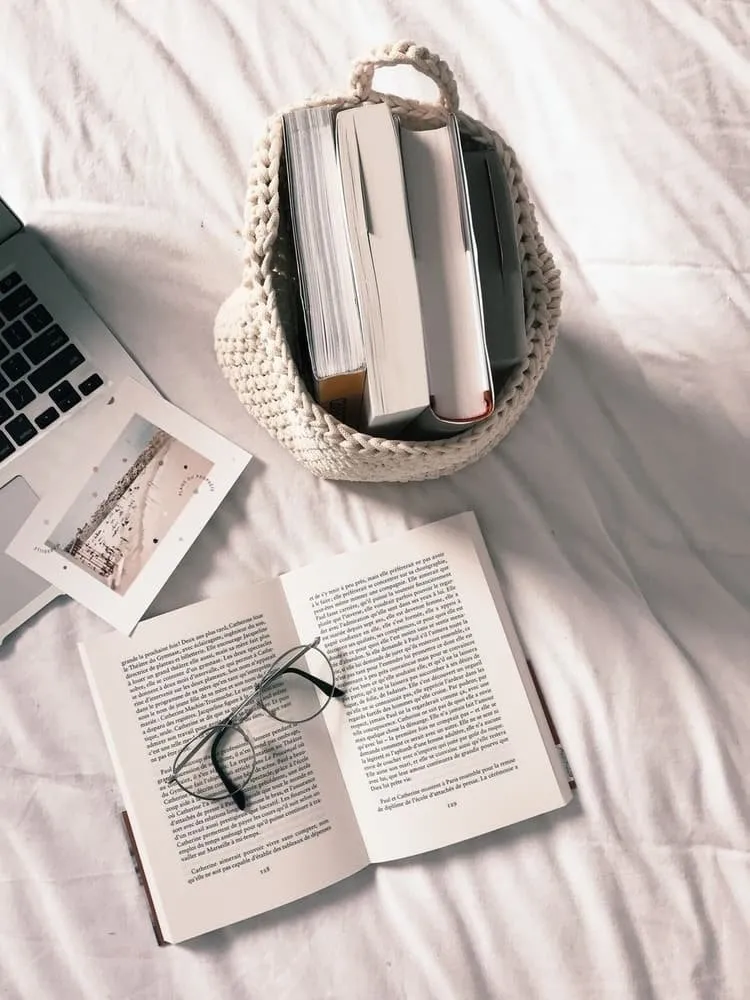
30 minutes
Dedicate half an hour during the day to free creative work and do what you want. Experiment! In this small period, you will not only begin developing your key skills but also create a pool of ideas that will eventually become part of your new project.

More articles:
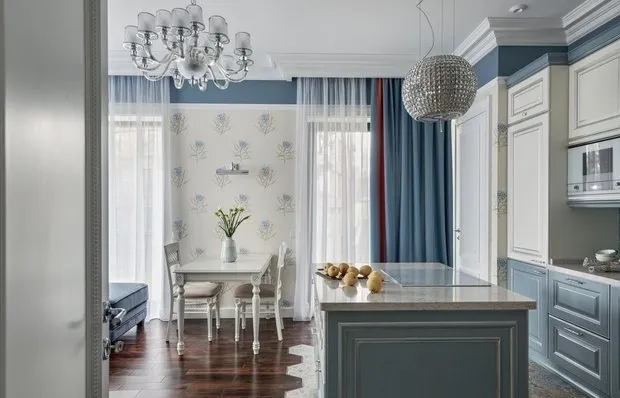 9 Circles of Renovation: What You Need to Go Through to Live Beautifully
9 Circles of Renovation: What You Need to Go Through to Live Beautifully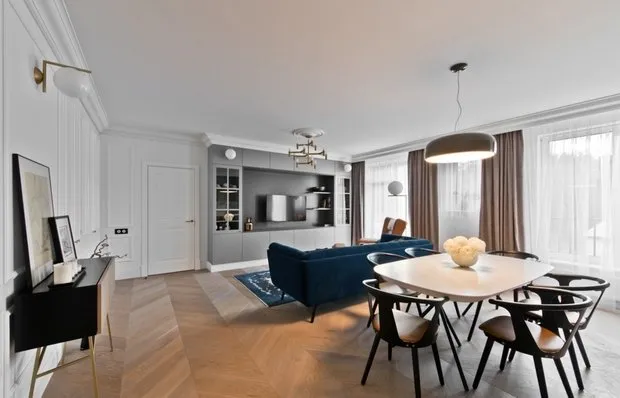 Eclectic Interior in Vilnius with Hidden Storage
Eclectic Interior in Vilnius with Hidden Storage Perfect Kitchen: 10 Pro Tips for Its Layout
Perfect Kitchen: 10 Pro Tips for Its Layout 10 Amazing Places in Paris You Didn't Know About
10 Amazing Places in Paris You Didn't Know About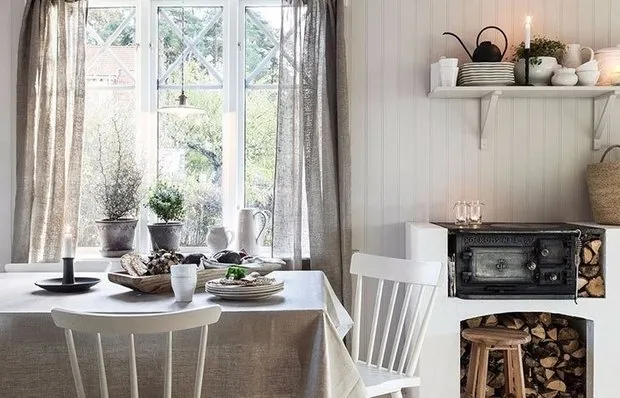 What to Learn from Western Designers: 8 Tips for the Dacha
What to Learn from Western Designers: 8 Tips for the Dacha What to Do About Very Low Ceilings in My Apartment?
What to Do About Very Low Ceilings in My Apartment? Bright Apartment in London's Hackney
Bright Apartment in London's Hackney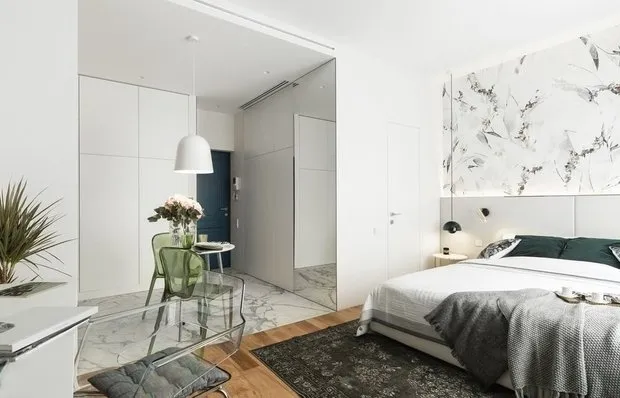 Guide: 8 Small Apartments with Smart Storage Solutions
Guide: 8 Small Apartments with Smart Storage Solutions